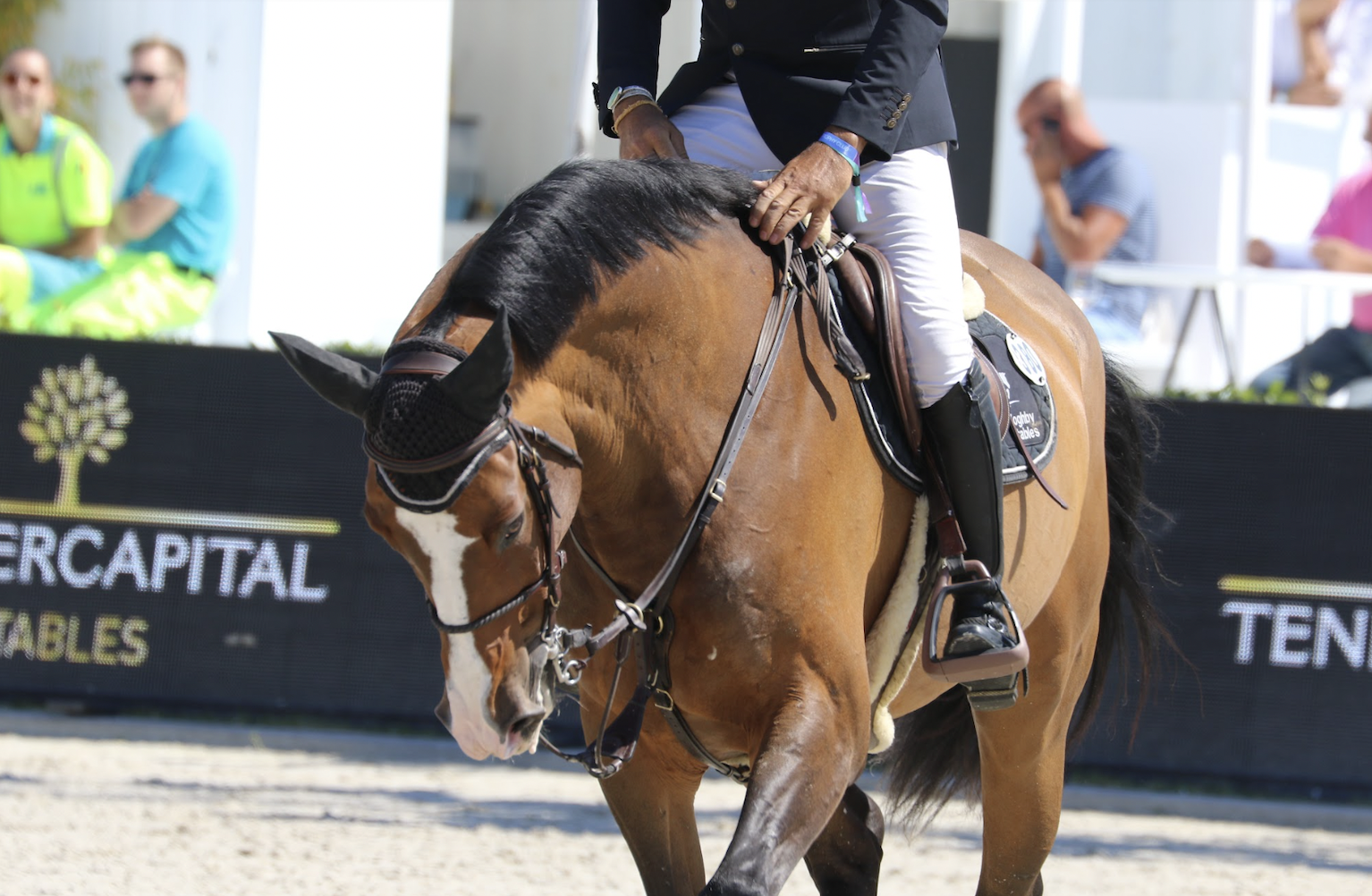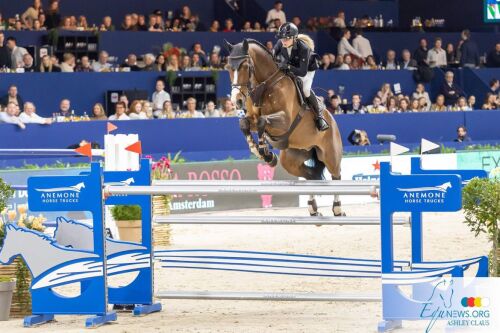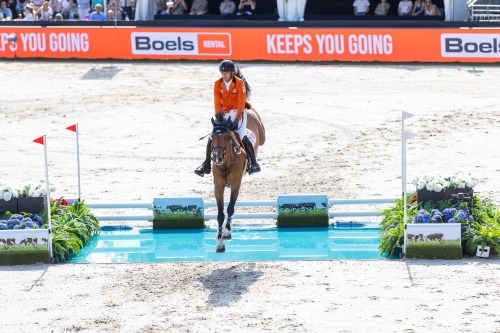Inside leg to outside rein… it’s the holy grail of horse riding! And it’s definitely something an instructor has told you at some point.In fact, loads of riders and instructors take it for granted that everybody knows what they’re talking about when they say, ‘inside leg to outside rein'. But horse terminology can be complicated at best, and confusing at worst.
And maybe you’ve even tried kicking with the inside leg or pulling with the outside rein hoping to find the magic…only to be disappointed when nothing happens. So, what exactly is all this stuff about, and why is it important?
The goal of inside leg to outside rein
In short, the goal of riding from inside leg to outside rein is to get the horse more collected, engaged, and over the back. It is the correct way of riding, and the inside leg refers to the rider’s inside leg – not the horse’s. Essentially, you are directing the horse’s energy (which you create with your inside leg) into your outside rein. It is a concept, a key concept for encouraging balanced movement from a horse, but many riders don’t actually know what this means or more importantly, what this feels like.
The theory behind it
Right, so why is inside leg to outside rein such a core concept with horses? What would happen if you did the opposite and rode outside leg to inside rein? Or inside leg to inside rein? It’s really all about biomechanics of the horse. The inside hind leg of a horse is what creates the impulsion and driving energy. The horse’s inside leg is activated by the rider’s inside leg – so adding more inside leg in a transition, for example, should bring the hind leg more underneath the horse.
The outside rein is what contains and organises the energy created by the horse’s inside leg. Using it correctly, you can make the horse’s frame shorter and help the horse to balance and engage. The outside rein is also what controls the tempo and the degree of bend in the horse’s body, and which keeps them straight. By riding your horse from the inside leg into a containing and guiding outside rein, you can make adjustments to their way of going.
What people mean when they tell you to do it
Once your horse understands the idea of moving away from pressure and moving forward actively with the hind legs, you can use your inside leg to push your horse’s body towards your outside rein, which contains the energy and helps the horse to find the right level of activity, engagement, tempo, and bend. Of course, you have to find the inside leg and outside rein ‘sweet spot’ through feel and experience. Without the right amount of each, you won’t be helping the horse improve balance, engagement, and straightness.
If you’re overusing the inside rein, your instructor might say this to you regularly! Riders will sometimes use the inside rein to create bend or flexion but will start ‘see sawing’ or keep pulling back on the inside rein. If this happens, the horse is typically being pulled down and is in a false outline. Plus, it becomes hard to keep your horse travelling straight!
If your instructor is telling you this, ask what exactly they want you to change. For many people it might be overuse of the inside rein, but your specific issue could be something else. And if they’re mentioning ‘inside leg to outside rein’ as part of a bigger discussion around the horse’s way of going, you could even ask them to show you. It’s often easier to find the feeling you’re looking for after an experienced person has helped both you and the horse understand what you’re aiming for.
Source: FEI



